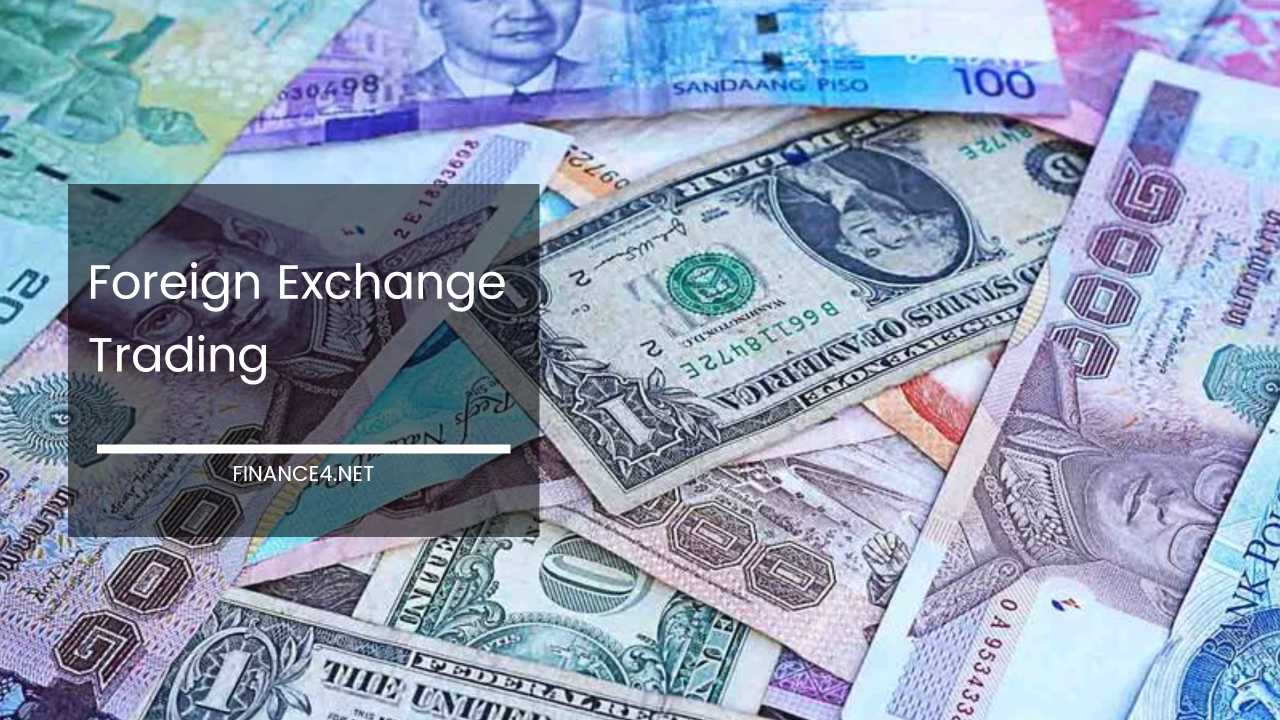Foreign Exchange Trading 101: Risks, Rewards, & Strategies for Success

Foreign Exchange Trading: An Essential Guide to Understanding the Forex Market
The foreign exchange market, often abbreviated as forex or FX, is a colossal financial arena where currencies are traded. It’s the most liquid market globally, with an average daily trading volume exceeding a staggering $6 trillion.
This guide delves into the fundamentals of forex trading, equipping you with the knowledge to navigate this exciting yet intricate financial landscape.
We’ll explore the mechanics of the market, the key players involved, various trading strategies, and the inherent risks to consider.
Demystifying the Forex Market
At its core, the forex market revolves around the exchange of currencies in pairs. Each pair represents the relative value of one currency against another. Popular pairs include EUR/USD (Euro/US Dollar), GBP/USD (British Pound/US Dollar), and USD/JPY (US Dollar/Japanese Yen).
Unlike stock exchanges with designated trading hours, the forex market operates 24/5, spanning major financial hubs like New York, London, Tokyo, and Sydney.
This continuous operation allows for participation from all corners of the globe, creating a dynamic marketplace teeming with opportunity.
The Diverse Cast of the Forex Market
Several key players contribute to the smooth functioning and liquidity of the forex market:
- Banks and Financial Institutions: Central banks, commercial banks, and investment banks are major forces, facilitating transactions for clients and engaging in their own trading activities.
- Corporations: Multinational companies actively participate in forex trading to hedge against currency fluctuations that can impact their international business operations.
- Retail Traders: The rise of online platforms and user-friendly interfaces has democratized forex trading, attracting a growing number of individual investors and speculators.
- Hedge Funds and Institutional Investors: These entities participate in forex trading to diversify their portfolios and capitalize on short-term market movements.
The Mechanics of Forex Transactions
Forex trading involves buying one currency while simultaneously selling another. The exchange rate between the two currencies determines the value of the transaction. Let’s illustrate this with an example. Suppose you believe the Euro will strengthen against the US Dollar.
You would then buy the EUR/USD pair. If your prediction is accurate and the Euro appreciates, you can sell your EUR/USD holding at a higher price, profiting from the trade.
Here are some key terms to understand:
- Currency Pairs: Each pair has a base currency and a quote currency. The base currency is listed first, representing the unit you’re buying or selling. The quote currency is the second currency, indicating how much of the quote currency you need to purchase one unit of the base currency. (e.g., USD/JPY: USD is the base currency, JPY is the quote currency)
- Bid and Ask Prices: The bid price is the rate at which you can sell a currency pair, while the ask price is the rate at which you can buy it. The spread, which is the difference between the bid and ask prices, represents the cost of executing the trade.
- Leverage: A double-edged sword, leverage allows traders to control a larger position with a smaller amount of capital. While it can amplify potential profits, it also magnifies potential losses.
Crafting Your Trading Strategy
Success in forex trading hinges on understanding market dynamics and employing effective strategies. Here are some popular approaches:
- Technical Analysis: This strategy focuses on analyzing historical price data and chart patterns to forecast future price movements. Technical indicators like moving averages, RSI (Relative Strength Index), and MACD (Moving Average Convergence Divergence) aid traders in identifying trends and optimal entry/exit points for trades.
- Fundamental Analysis: This approach delves deeper, evaluating economic indicators, central bank policies, geopolitical events, and other factors that can influence currency values. By understanding the underlying fundamentals, traders can make more informed trading decisions.
- Risk Management: Forex trading carries inherent risks, and proper risk management is crucial to protect your capital. Setting stop-loss orders, diversifying your positions, and limiting leverage are essential strategies to mitigate risk and safeguard your trading capital.
- Trading Timeframes: Traders can utilize various timeframes depending on their risk tolerance and trading goals. Position trading involves holding positions for extended periods, while day trading and scalping focus on shorter-term trades that capitalize on intraday price movements.
The Inherent Risks of Forex Trading
While forex trading offers the potential for substantial profits, it’s vital to be aware of the inherent risks involved:
- Market Risk: Currency prices are constantly fluctuating, leading to significant gains or losses for traders. Market volatility, geopolitical events, and economic data releases can all unpredictably impact currency values.
- Leverage Risk: As mentioned earlier, trading on margin magnifies both potential profits and losses. High leverage exposes you to the risk of margin calls and potential liquidation of your trading capital if the market moves against you.
- Liquidity Risk: In times of low liquidity, the spread between the bid and ask prices widens. This can make it difficult to enter or exit trades at desired prices and may lead to slippage, where the execution price differs from the intended price.
- Counterparty Risk: When trading through brokers, you expose yourself to counterparty risk. This means there’s a potential risk of the broker defaulting on their obligations. Choosing a reputable and well-regulated broker helps mitigate this risk.
Beyond the Basics: Additional Considerations
- Regulation: The forex market is a complex and global marketplace. Familiarize yourself with the regulations governing forex trading in your jurisdiction.
- Trading Psychology: Forex trading can be emotionally charged, especially during periods of market volatility. Maintaining discipline and controlling your emotions are crucial for making sound trading decisions.
- Developing a Trading Plan: A well-defined trading plan outlines your entry and exit strategies, risk management parameters, and money management approach. Having a plan helps you stay disciplined and avoid impulsive decisions.
- Continuous Learning: The forex market is dynamic and ever-evolving. Continuous learning and staying updated on economic developments, market trends, and new trading strategies are essential for long-term success.
Final Thoughts
The foreign exchange market presents a vast arena of opportunities for investors and speculators worldwide. By equipping yourself with the necessary knowledge, implementing sound trading strategies, and effectively managing risk, you can navigate this dynamic and fast-paced environment.
Remember, success in forex trading is a journey, not a destination. Continuous learning, adaptation, and a commitment to risk management are the keys to unlocking long-term profitability in this ever-evolving marketplace.



